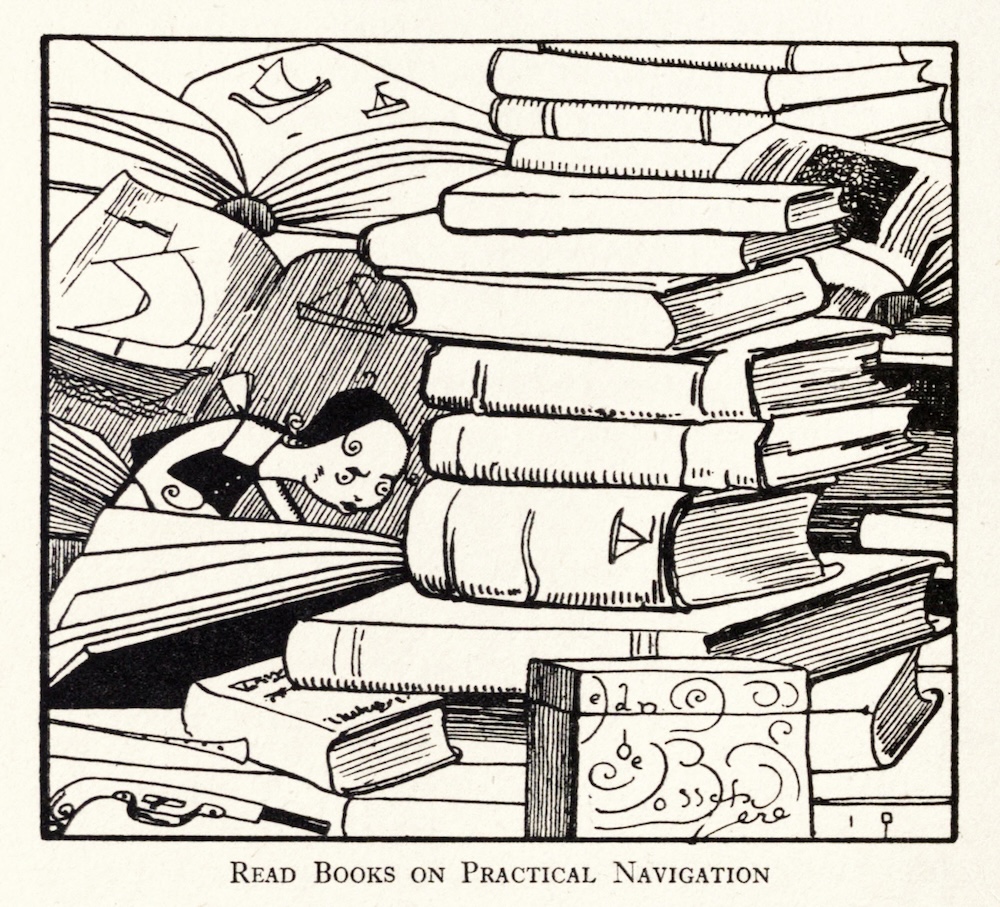On the vexing nature of high art

Here’s a quick and fun exercise for you: can you—without googling it—define high literature?
I’m sure you know instinctively what kind of books one refers to when saying “high literature,” but can you actually put that hunch into words?
If you can’t, I don’t blame you. I couldn’t either, and based on my brief search through the internet, I think even scholars struggle with this one.
Here’s Wikipedia:
Literary fiction [or] high literature, […] are labels that […] refers to market novels that do not fit neatly into an established genre […]; or, otherwise, refers to novels that are character-driven rather than plot-driven, examine the human condition, use language in an experimental or poetic fashion, or are simply considered serious art.
My favorite definition comes from a Hungarian textbook by Márta C. Szálka who argues that high literature is simply literature that has artistic value and achieves a certain artistic standard.
Determined by whom, you ask? Good question.
If you perhaps feel like people are trying to define literary fiction by invoking other very hard-to-define concepts, again, I don’t blame you.
Growing up, my mother—bless her decisive heart—cut through all this noise with a verdict she often repeated to me while standing in libraries and bookstores:
Son, there is no such thing as high and low literature. There is only good and bad writing.
As an adolescent, I took these words to heart, which led to remarkably eclectic and utterly shameless bookshelves where George Orwell, Mikhail Bulgakov, and Sofi Oksanen could peacefully coexist with Tolkien, Iain M. Banks, and Stephen King.
Coming from the Wallacher-Vad household, I could never understand the snobbery of the “I only read the c l a s s i c s” people.
Anyway, looking back at it now, my mom’s sidestepping of the definition is actually pretty close to the definition itself, only the shiny scholarly sentences omit the crucial, last part in my opinion. Let me try and fix that:
Literary fiction [or] high literature, […] refers to market novels that […] are simply considered serious art [by people who have the power to affect popular opinion about what serious art is].
Or, in slightly different words: a novel is treated as high literature if the publishers, literary critics, booksellers, and award committees consider it high literature.
Therefore, If you ask me, the definition of high literature is whatever the literary establishment enjoys reading.
Is that a bad thing? Nope, I don’t think so. Does that mean that literary fiction has no defining characteristics? Again, no, I don’t think so. As demonstrated by the Wikipedia paragraph earlier, most of litfic has common patterns like realism, experimental prose, character-drivenness, etc. However, the important distinction is that these shared characteristics come from the shared taste of the intended audience and not because they are inherently “high” qualities.
Look, art is a conversation. For a novel to work, there has to be a writer and there has to be a reader, and arguably, the latter brings almost as much to the table as the former. It’s not a surprise then that defining the worth of a piece of art lies more with the audience than the creator.
I think it’s important to understand this dynamic because it can liberate us as readers.
It can remind us that art is really very subjective apart from the technical skills at its core. Even if a verdict is made by a large and pretty powerful audience, their take is still subjective. And that shows it’s kind of silly to try and impose a universal order of importance and value based on subjective taste.
The bottom line: go ahead and read, watch, or listen to whatever you find enjoyable, tugs at your heartstrings, and makes you think deep thoughts for days. High art for you should be defined by you.
